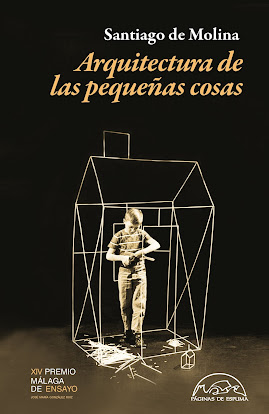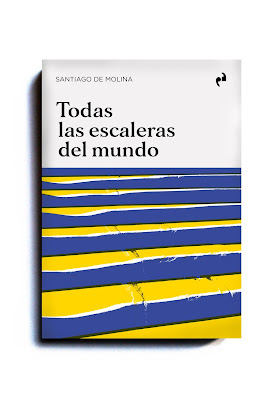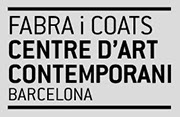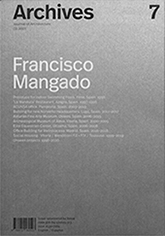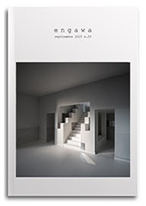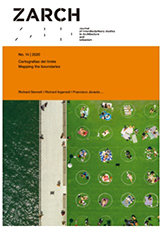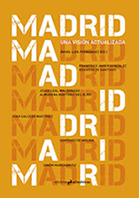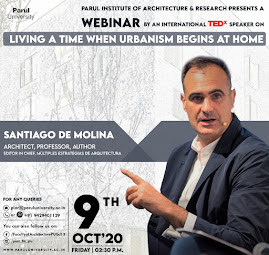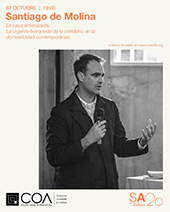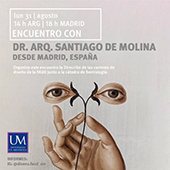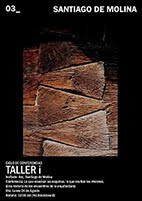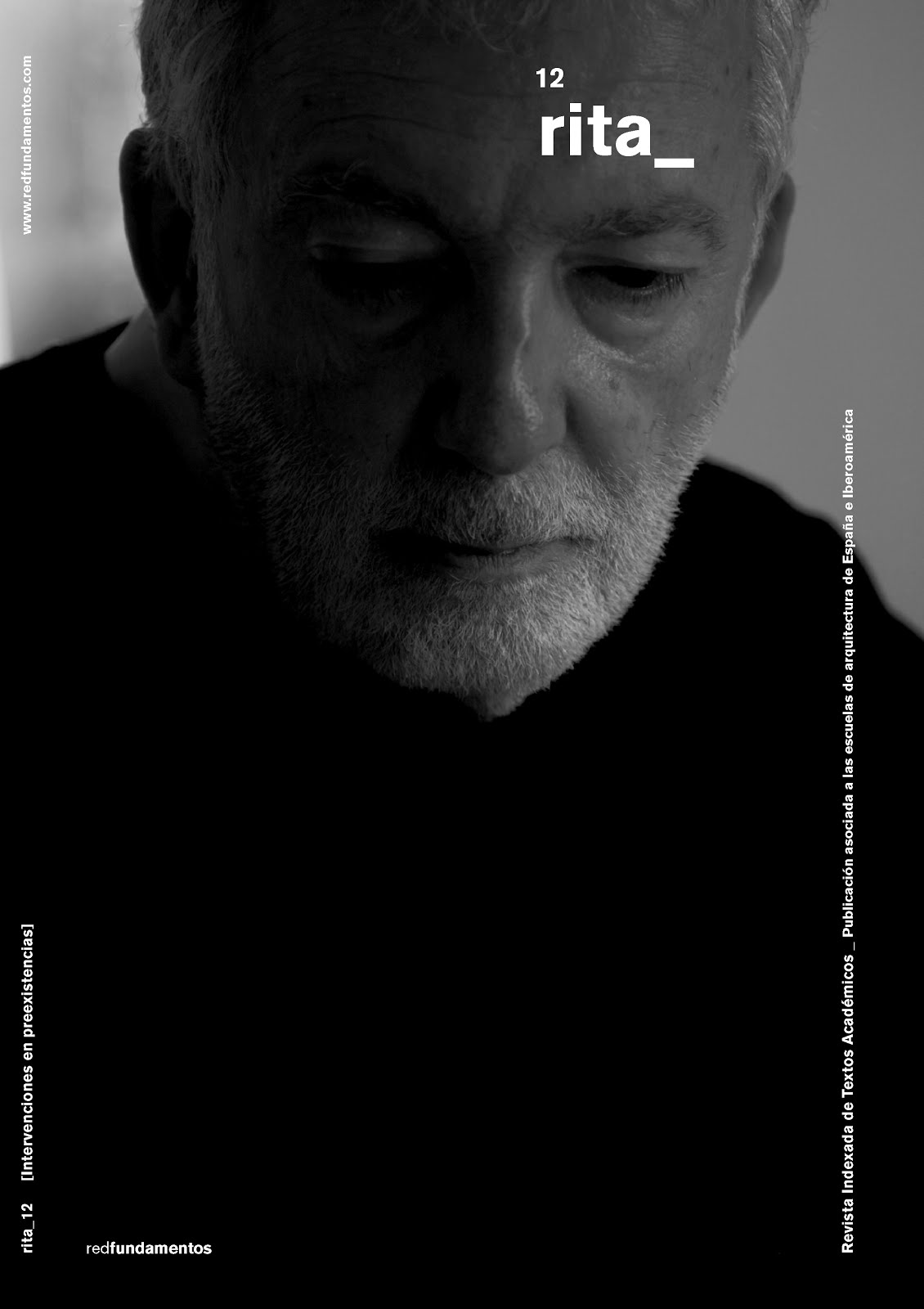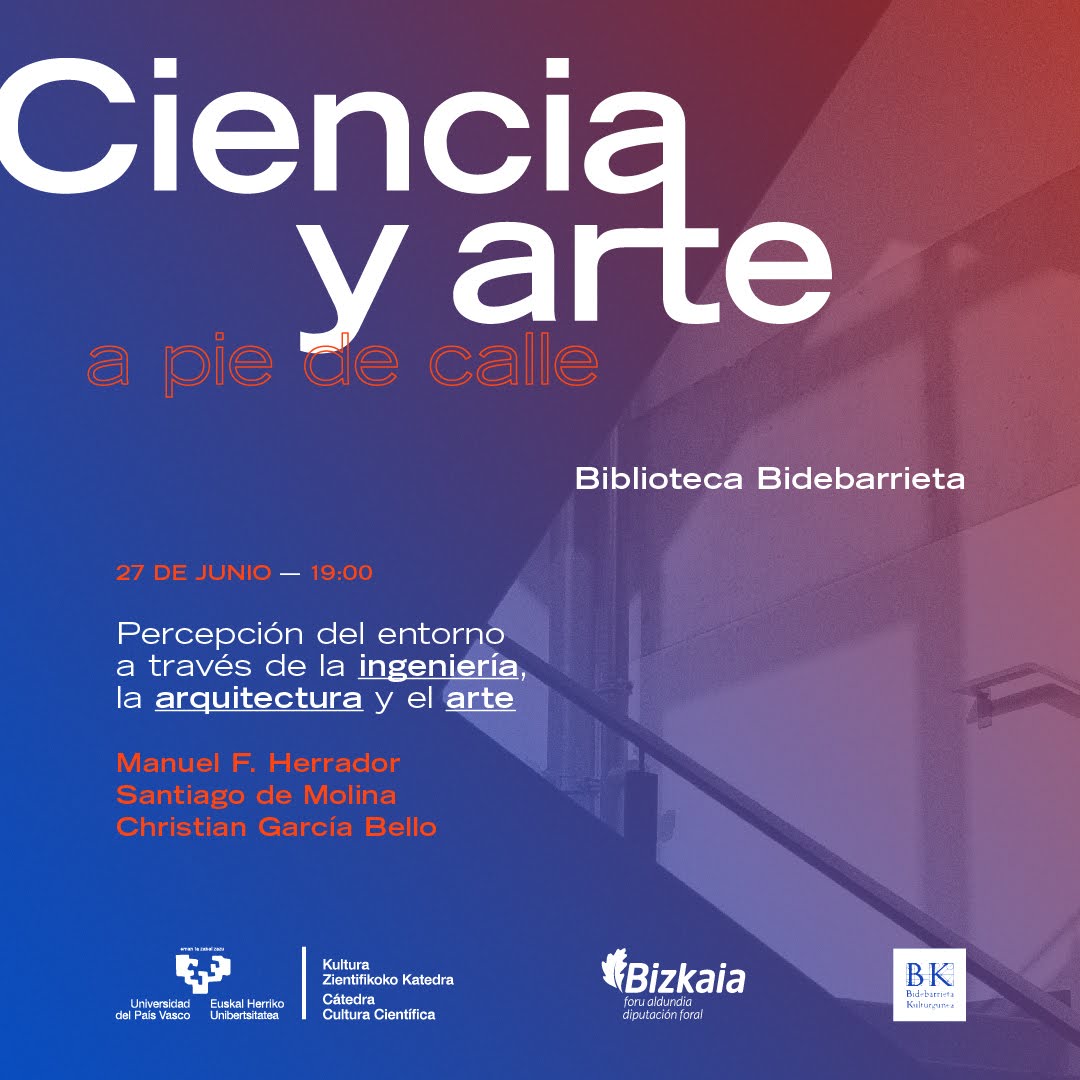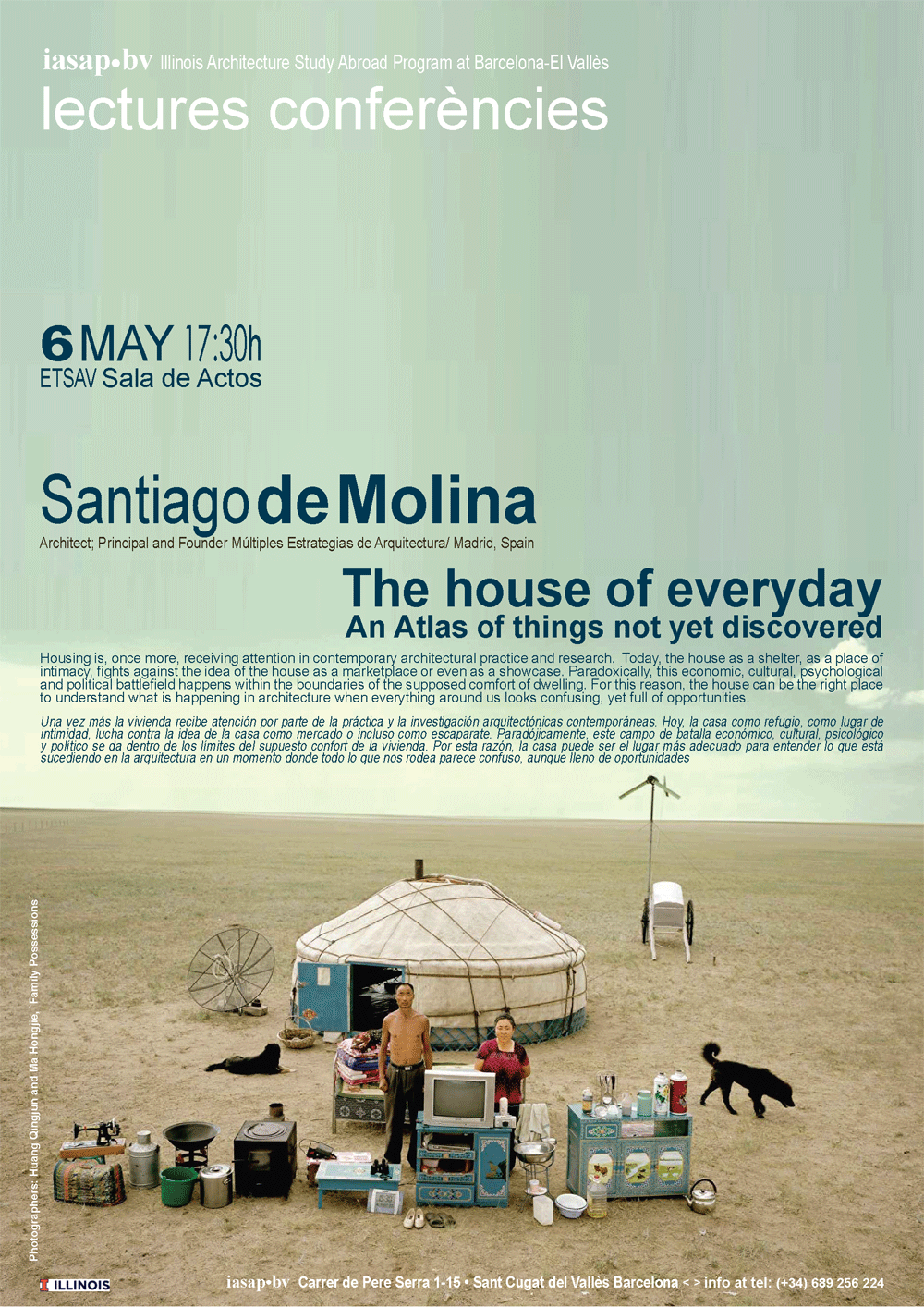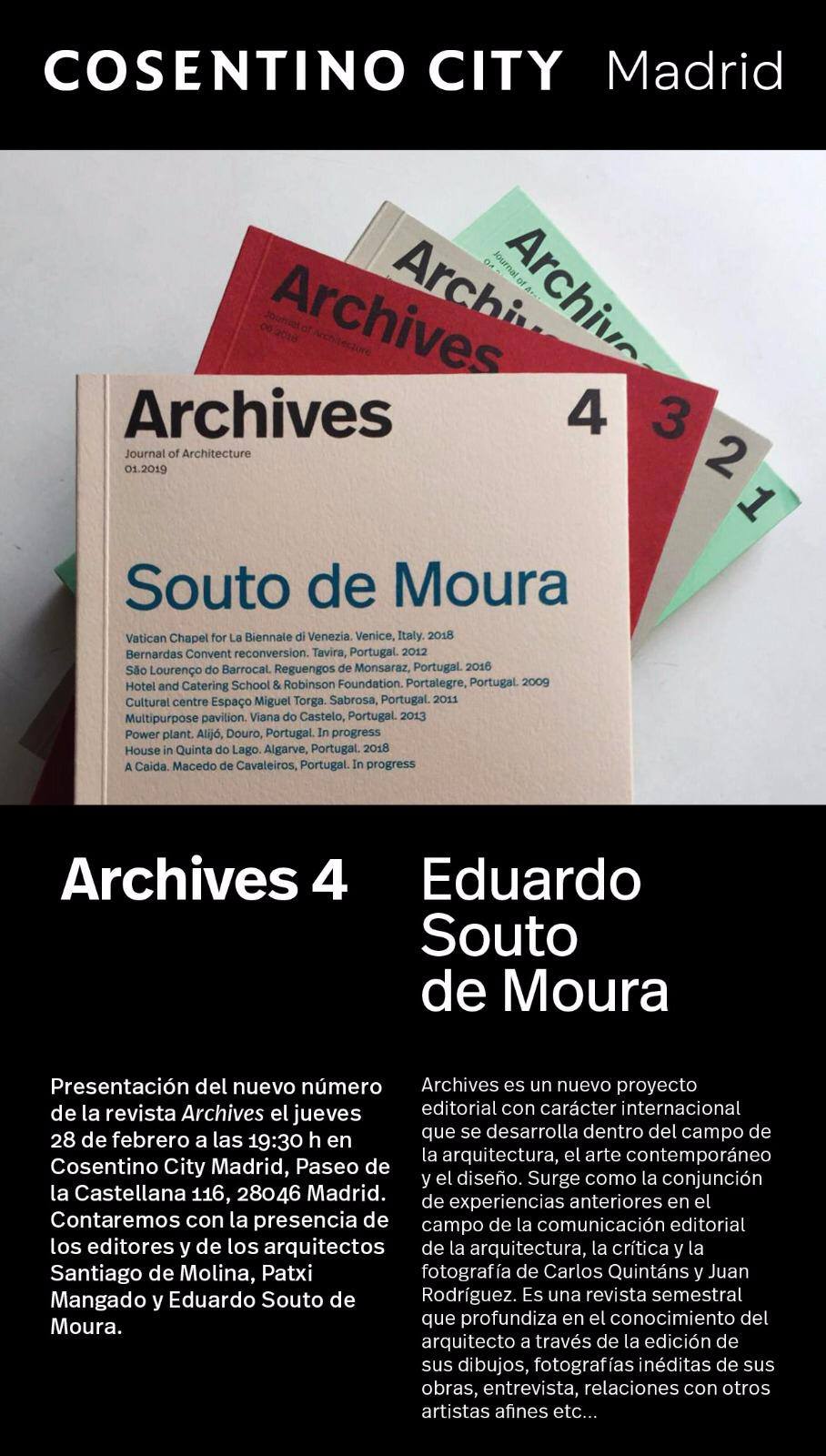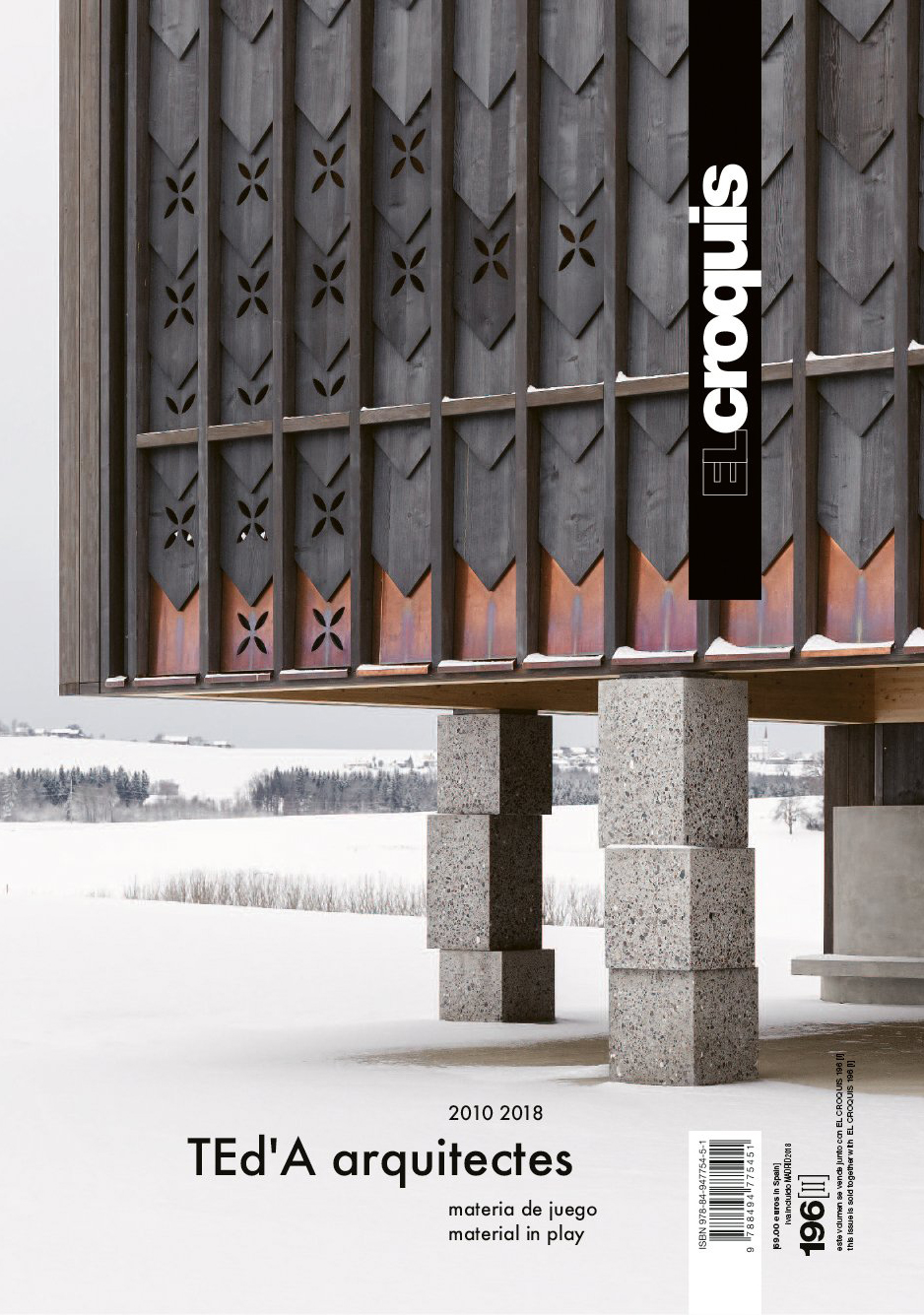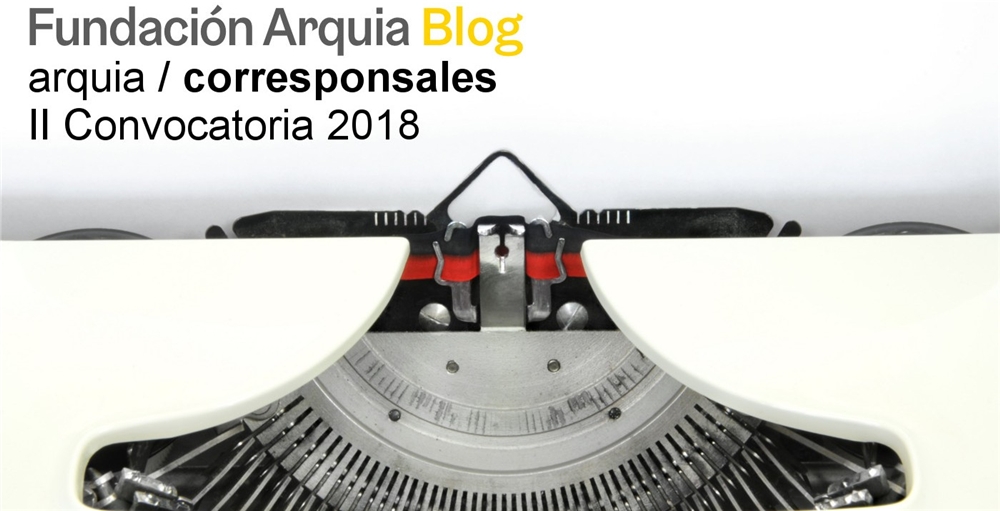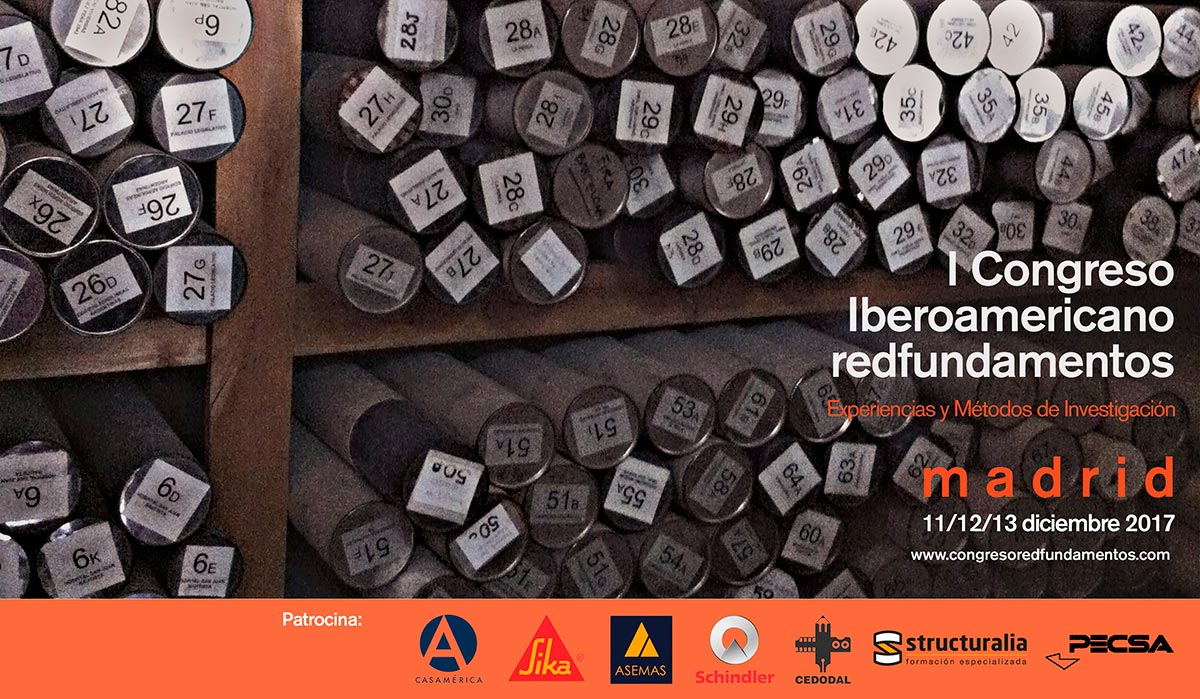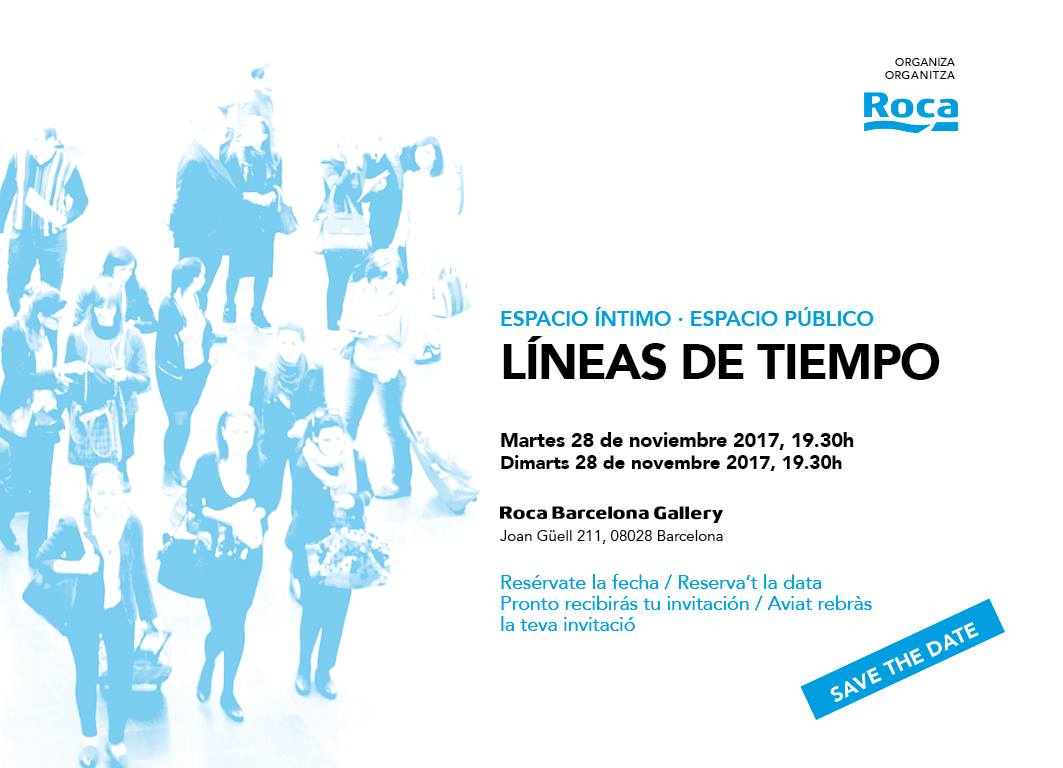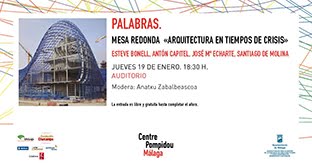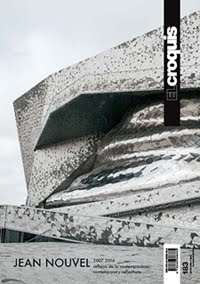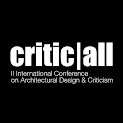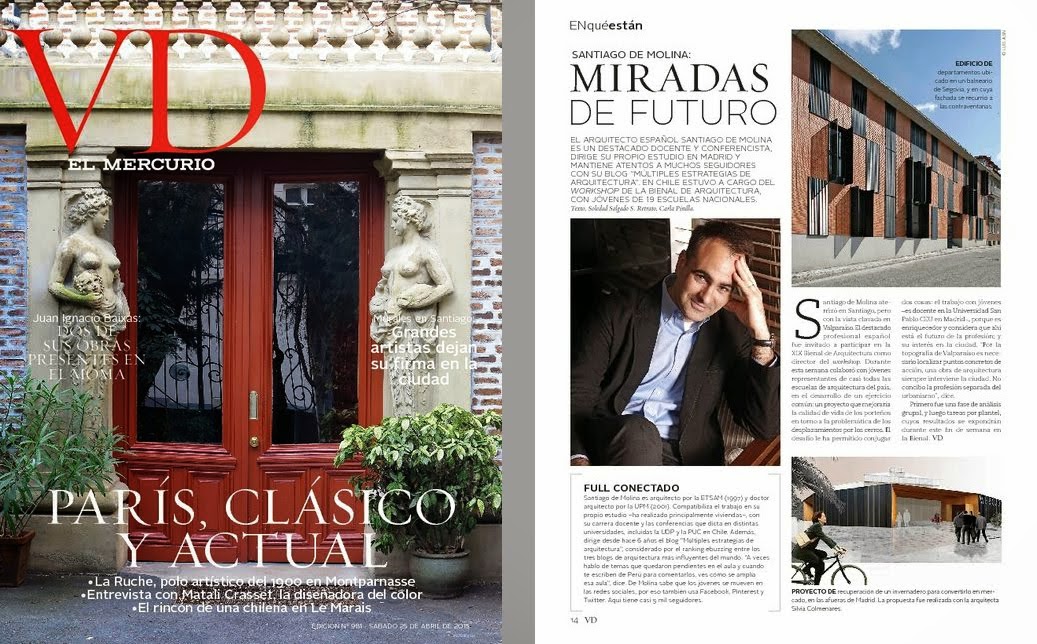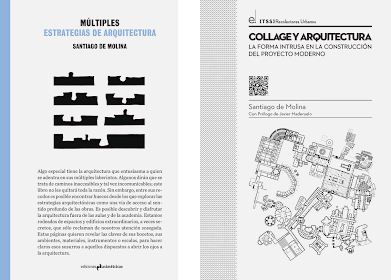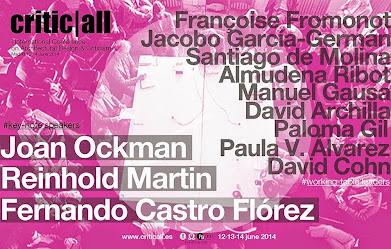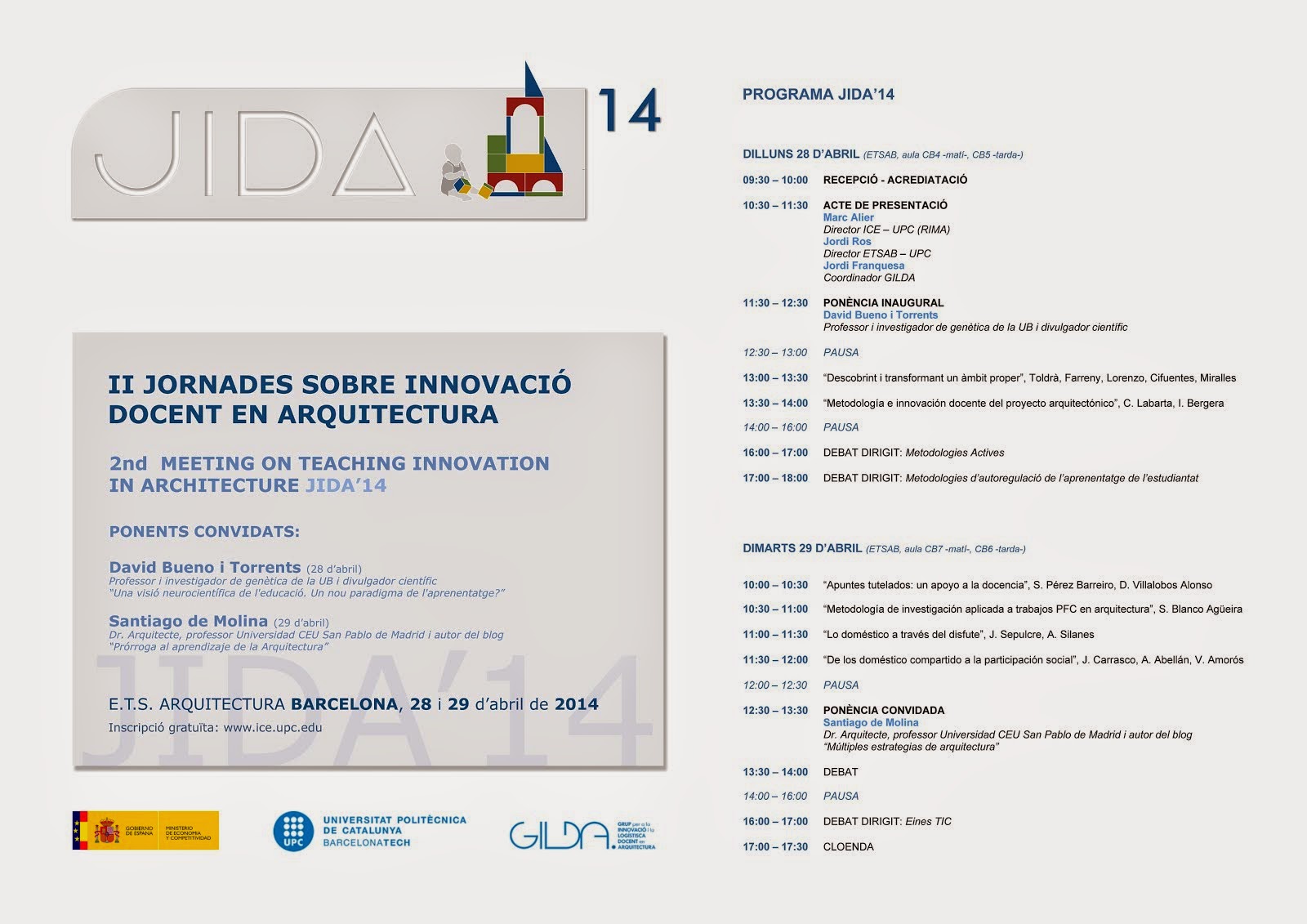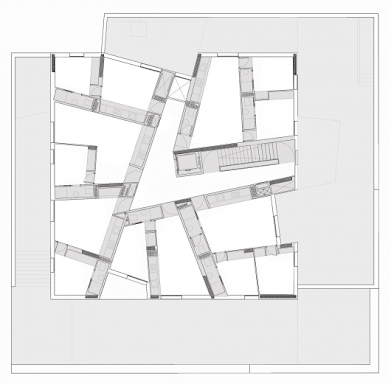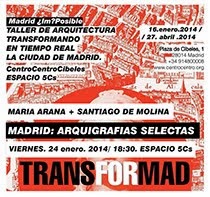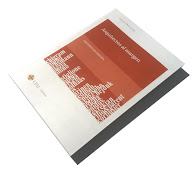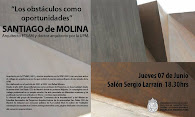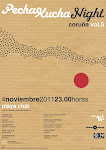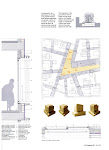Aunque las casas actuales aseguren el cumplimiento de la normativa, el aumento de precio de las antiguas viviendas no hace más que incrementarse. El mercado inmobiliario no ha sido capaz de explicar este raro fenómeno. Ni el emplazamiento ni el precio justifican la vuelta a la vivienda erigida por ese oficio desaparecido de los arquitectos.
La actual casa sin matices que produce hoy la inteligencia artificial acarrea dolencias mentales insostenibles. El número de suicidios y trastornos psíquicos no cesa de aumentar pero la inteligencia artificial no es capaz de averiguar, a pesar del tratamiento de zettabites de datos, su origen. Otro tanto sucede con la ciudad, que según dicen los estudios, también ha cambiado mucho. Ciertamente todo se ha optimizado, es más cercano y uniforme. Pero la vida misma, y su vieja belleza casual, lo inesperado, extrañamente, ha dejado de ser posible. Paradójicamente, eso parece haber contribuido a un peligroso aletargamiento sensorial.
Solo en algunos países pobres sobrevive un puñado de viejas ciudades y de arquitectos. Se trata de un oficio en extinción como en su momento lo fueron los deshollinadores, los marmolistas lapidarios y los pregoneros. Solo los muy ricos se lo pueden permitir. Los mismos que aun pueden darse el lujo de tomar mermelada de fresa.
Although current houses ensure compliance with regulations, the prices of older homes keep increasing. The real estate market has been unable to explain this strange phenomenon. Neither location nor price justifies a return to homes built by that vanished profession of architects.
The current AI-produced homes lack nuances and lead to unsustainable mental ailments. The number of suicides and mental disorders continues to rise, but artificial intelligence is unable to determine their origin, despite processing zettabytes of data. The same applies to the city, which according to studies, has also changed significantly. Everything has been optimized, it's more accessible and uniform. However, the essence of life itself, its old casual beauty, and the unexpected have strangely ceased to be possible. Paradoxically, this seems to have contributed to a dangerous sensory lethargy.
Only in some poor countries do a handful of old cities and architects survive. It is a dying profession, much like chimney sweeps, stonecutters, and town criers were in their time. Only the very wealthy can afford it. The same ones who can still indulge in strawberry jam.


.jpg)



















